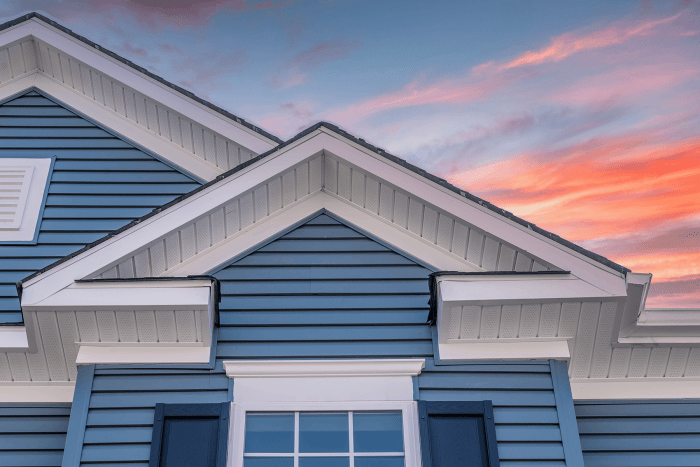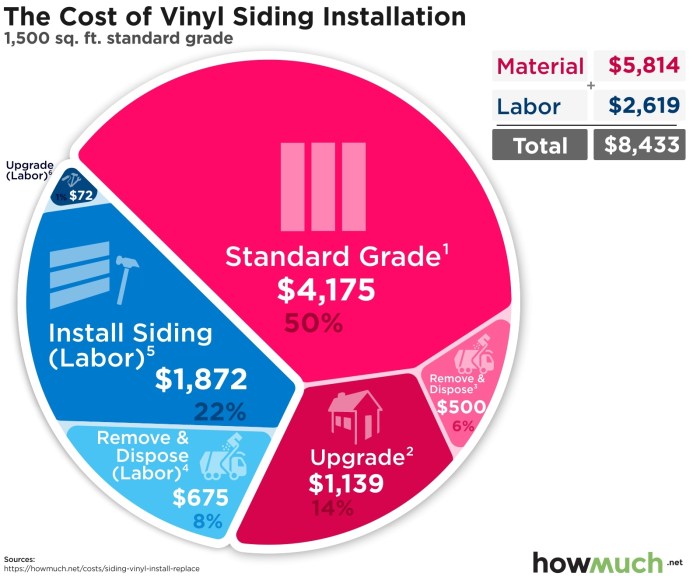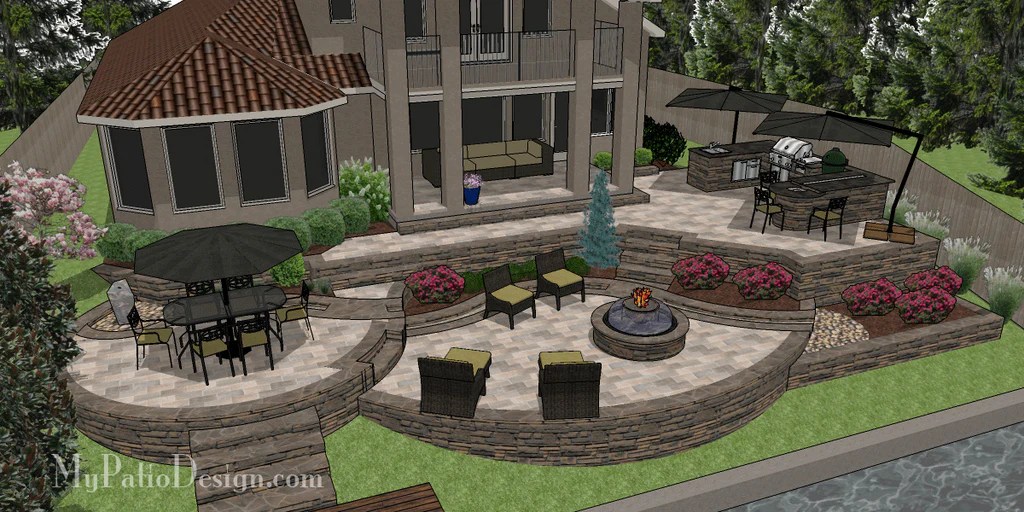Georgian Interior Design: A Dive into Timeless Elegance
Step into the world of Georgian interior design, where classic beauty meets timeless elegance. From grand architectural features to intricate furniture details, this style embodies sophistication and balance. Let's explore the exquisite elements that define Georgian interiors.
Overview of Georgian Interior Design

Georgian interior design is known for its elegance, symmetry, and balance, reflecting the neoclassical style popular during the reigns of the British kings named George (1714-1830). Let's delve into the key characteristics, historical influences, color palette, and significance of symmetry and balance in Georgian design.
Key Characteristics of Georgian Interior Design
Georgian interior design is characterized by grandeur, sophistication, and attention to detail. Interiors often feature intricate molding, high ceilings, and large windows to maximize natural light. Furniture is typically elegant and symmetrical, with influences from classical Roman and Greek designs.
Historical Influences on Georgian Interior Design
Georgian interior design drew inspiration from ancient Greek and Roman architecture, as well as the Renaissance and Baroque periods. The desire for order, proportion, and symmetry reflected the ideals of the Enlightenment era, emphasizing reason and logic in design.
Color Palette in Georgian Interiors
The color palette in Georgian interiors is typically muted and sophisticated, with a focus on soft neutrals such as cream, beige, and pale gray. Bold colors like deep blue, burgundy, and forest green were also used sparingly to create accents and contrast in the space.
Significance of Symmetry and Balance in Georgian Design
Symmetry and balance are fundamental principles in Georgian interior design, reflecting the belief in harmonious proportions and order. Rooms are often arranged symmetrically, with matching furniture and decor on either side of a central axis to create a sense of balance and visual harmony.
Furniture and Decor in Georgian Interior Design

In Georgian interior design, furniture and decor play a crucial role in creating the elegant and timeless look characteristic of this style.
Typical Furniture Pieces
Georgian interiors often feature furniture pieces such as:
- Chippendale chairs
- Queen Anne tables
- Sheraton desks
Wood and Upholstery
Wood is a predominant material in Georgian furniture, with mahogany, walnut, and oak being commonly used. Upholstery, on the other hand, features rich fabrics like silk and velvet, often in deep and luxurious colors.
Decorative Elements
Moldings and paneling are key decorative elements in Georgian interiors, adding a sense of grandeur and sophistication. These intricate details are often seen on walls, doors, and ceilings, enhancing the overall elegance of the space.
Chandeliers and Lighting
Chandeliers are a signature element of Georgian design, serving as both functional lighting fixtures and ornate decor pieces. The use of crystal chandeliers in particular adds a touch of glamour and opulence to the space, complementing the overall aesthetic of Georgian interiors.
Architectural Features in Georgian Interior Design
Georgian interior design is characterized by its attention to architectural details that emphasize symmetry, balance, and elegance.
Importance of Proportions in Georgian Architecture
In Georgian architecture, proportions play a crucial role in creating harmonious and visually appealing spaces. The use of mathematical ratios and scale helps in achieving balance and symmetry in the design of interior spaces.
Grand Staircases and Entryways
Grand staircases and entryways are common features in Georgian interiors, symbolizing grandeur and sophistication. These architectural elements serve as focal points in the design, welcoming visitors and adding a sense of elegance to the space.
Fireplaces and Mantels
Fireplaces and mantels are prominent features in Georgian interiors, not only providing warmth but also serving as decorative focal points. The intricate designs and craftsmanship of these architectural elements add a touch of luxury and charm to the space.
Sash Windows and Their Significance
Sash windows, with their vertical sliding design, are a distinctive feature of Georgian architecture. These windows not only allow for ample natural light to enter the space but also contribute to the overall aesthetic appeal of the interior design. The use of sash windows reflects the emphasis on symmetry and proportion in Georgian interiors.
Color Schemes and Textiles in Georgian Interior Design
In Georgian interior design, color schemes and textiles play a crucial role in creating the elegant and sophisticated look characteristic of this style.
Popular Color Schemes
Georgian interiors often feature a palette of soft, muted colors such as pale blues, greens, yellows, and pinks. These colors help create a sense of lightness and airiness in the space, reflecting the elegance and refinement of the Georgian era.
Significance of Textiles
Textiles like damask and silk are commonly used in Georgian interior design to add a touch of luxury and opulence. These fabrics are known for their intricate patterns and rich textures, helping to enhance the overall aesthetic of the space.
Incorporating Patterns
Florals and geometric designs are often seen in Georgian interiors, whether in wallpapers, upholstery, or rugs. These patterns add visual interest and depth to the space, creating a sense of sophistication and charm.
Use of Draperies and Curtains
Draperies and curtains are essential elements in Georgian design, serving both a functional and decorative purpose. They are often made from heavy fabrics like velvet or brocade, adding a layer of elegance to windows and doors while also providing privacy and insulation.
Epilogue
As we conclude our journey through Georgian interior design, it's evident that this style is a harmonious blend of history and elegance. The symmetrical layouts, opulent textiles, and refined color palettes all contribute to creating a space that exudes timeless charm.
Embrace the grandeur of Georgian design in your own home and witness the transformation of your living space into a luxurious sanctuary.
FAQ Overview
What are the key characteristics of Georgian interior design?
Georgian interior design is known for its symmetry, balance, and classic elegance. It often features grand architectural details and opulent furnishings.
How can I incorporate decorative elements like moldings and paneling in Georgian design?
You can add decorative moldings and paneling to walls and ceilings to create a sense of grandeur and elegance typical of Georgian interiors.
What are some popular color schemes used in Georgian interiors?
Common color schemes in Georgian interior design include soft neutrals, pastel shades, and rich jewel tones like emerald green and sapphire blue.




